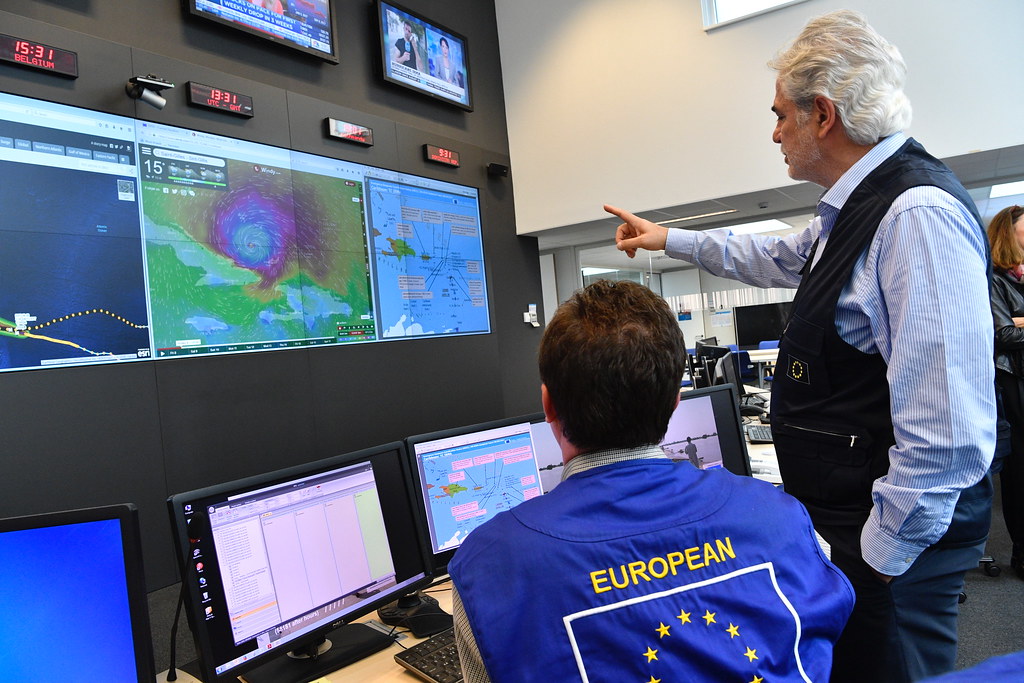TEMA: Pioneering Disaster Management through Interoperable Digital Twins: Bridging Technological Capabilities with Global Needs

16 May 2024
Patrick D. Reschke, Managing Director at Northdocks GmbH
In the face of increasing natural disasters exacerbated by climate change, the European TEMA project (Trusted Extreme precise MApping and prediction for emergency management) represents a forward-thinking initiative aimed at closing the significant gap between existing technological capabilities and the urgent global need for enhanced disaster management. Employing a scientific approach, TEMA is dedicated to developing sophisticated digital twins that will, once fully developed, vastly improve predictions and responses to catastrophic events.
Digital twins within the TEMA project are envisioned as comprehensive and dynamic virtual models of physical environments. These models, created by Northdocks, are designed to integrate a wide range of data sources, including topographical, hydrological, and meteorological data, alongside real-time inputs such as drone-captured imagery and publicly available geodata. The ultimate goal is for these models to not only represent current conditions with high fidelity but also to allow for the simulation of future changes and their potential impacts, thereby elevating their predictive accuracy.
TEMA's mission is fundamentally anchored in the principle of interoperability—the seamless integration of diverse data types and sources into a unified, functional model. This integration is critical for constructing digital twins that can effectively simulate complex disaster scenarios and provide actionable predictions. For instance, the project aims to tackle scenarios like the Central-European Regional Floods by integrating predictive analytics from various hydrological and meteorological data streams.
The project underscores the importance of bridging the gap between what is technically feasible and the practical needs of disaster management. As such, TEMA is not only a platform for technological innovation but also a catalyst for operational change in how disasters are managed on a global scale. By enhancing interoperability and collaborative efforts, TEMA seeks to ensure that all data components are functional across different systems and contribute effectively to disaster response strategies.
Moreover, TEMA plans to integrate digital twins with communication systems of emergency services, demonstrating another facet of interoperability. This approach aims to facilitate the early dissemination of warnings and enable efficient coordination among first responders, thus improving the timeliness and effectiveness of disaster response. The potential extension of these systems to include public warning networks illustrates the project's commitment to expanding the reach and impact of digital twin technology in emergency management.
In summary, TEMA stands at the forefront of addressing the dual challenges of advancing digital twin technology and fulfilling the pressing need for improved disaster management strategies worldwide. By prioritising the development of interoperable digital twins, TEMA is strategically positioned to transform disaster prediction and management, bridging the gap between the current state of technology and the escalating demands of global emergency response.

